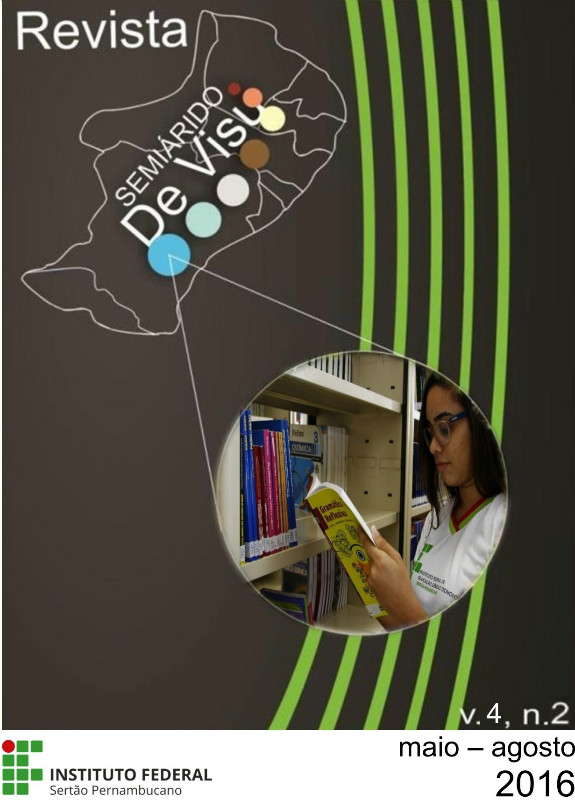A comunicação entre ouvintes e pessoas surdas através da LIBRAS nos espaços públicos
DOI:
https://doi.org/10.31416/rsdv.v4i2.154Palavras-chave:
Língua, Barreiras, AprendizagemResumo
O presente artigo tem por finalidade mostrar os resultados da pesquisa interventiva: A comunicação entre ouvintes e pessoas surdas através da Libras nos espaços públicos. Portanto, os resultados e a experiência vivenciada após o diagnóstico mostrarão que os servidores e familiares do IF Sertão - Campus Salgueiro encontravam muitas dificuldades para se comunicarem com os surdos e, muitas vezes, só acontecia a comunicação com a presença dos intérpretes. Mais complexo ainda era no meio familiar, que, frequentemente, não existia a comunicação. A pesquisa, além de elencar as dificuldades, realizou uma intervenção com a realização de três cursos de Libras, em que apresentava como objetivo principal romper com as barreiras da comunicação. Com esse alvo o projeto foi desenvolvido. E, para isso, utilizou-se da metodologia de pesquisa, na qual os sinais foram pesquisados e organizados em apostilas e aulas práticas de Libras para a montagem do curso. Curso que buscou os resultados da comunicação através da Língua Brasileira de Sinais. Comunicação fundamental com os surdos para que tornasse efetivamente a interação e rompesse as barreiras da comunicação em busca de difundir a Libras.Referências
BRASIL. Ministério da Educação. Secretaria de
Educação Especial. Lei No. 10.436, de 24 de
abril de 2002. Dispõe sobre a Língua Brasileira
de Sinais – LIBRAS e dá outras providências.
______. Ministério da Educação. Secretaria de
Educação Especial. Decreto No 5.626, de 22 de
dezembro de 2005. Regulamenta a Lei No
436, de 24 de abril de 2002.
CARVALHO, R. E. Escola inclusiva: a
reorganização do trabalho pedagógico. Porto
Alegre: Mediação, 2008.
CAPOVILLA, F. C.; RAPHAEL, W. D.
Dicionário Trilíngue da Língua de Sinais
Brasileira. São Paulo: UNESP, 2008.
LODI, A. C. B.; LACERDA, C. B. F. (org.).
Uma escola, duas línguas: letramento em
língua portuguesa e língua de sinais nas
etapas iniciais de escolarização. Porto Alegre:
Mediação,2014.
LONGMAN, L. V. Memórias de Surdos.
Recife: Massangana, 2007.
SOARES, M. A. L. A educação do surdo no
Brasil. Campinas, SP: Autores Associados,















